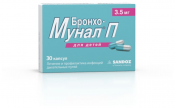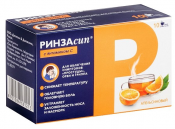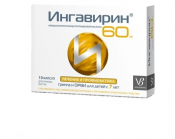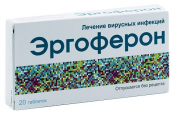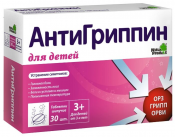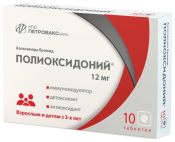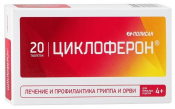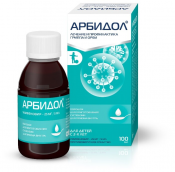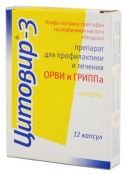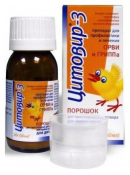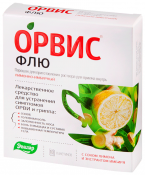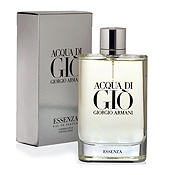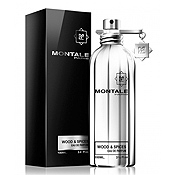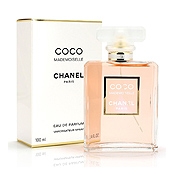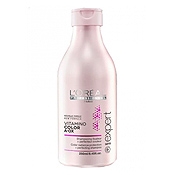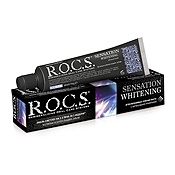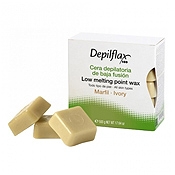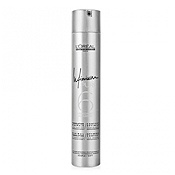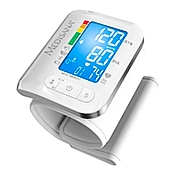Valenta Pharm Normomed syrup fl. 120ml No. 1
Short review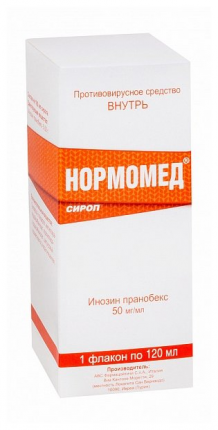
Selected in the rating
16
Best rating
antiviral drugs
For adults - For children - For ARVI - For colds - Syrups / tinctures
Buy Valenta Pharm Normomed syrup fl. 120ml No. 1
Characteristics of Valenta Pharm Normomed syrup fl. 120ml No. 1
Yandex.Market data
| General characteristics | |
| Drug type | medicinal product |
| Organs and systems | the immune system |
| Appointment | immunodeficiency, ARVI, influenza treatment, subacute sclerosing panencephalitis |
| Indications for use | - Treatment of influenza and other acute respiratory viral infections; - immunodeficiency states caused by viral infections in patients with a normal and weakened immune system, including diseases caused by Herpes simplex (type I and type II, genital herpes and herpes of other localization); - subacute sclerosing panencephalitis. |
| Contraindications | - Hypersensitivity to inosine pranobex and other components of the drug; - gout; - urolithiasis disease; - chronic renal failure; - arrhythmias; - pregnancy; - the period of breastfeeding; - children up to 3 years old (body weight up to 15-20 kg). |
| Structure | Active ingredient: inosine pranobex 5 g Excipients: sucrose - 65 g, glycerol - 5 g, methyl parahydroxybenzoate - 0.18 g, propyl parahydroxybenzoate - 0.02 g, citrus flavor - 0.5 g, purified water - up to 100 ml. |
| Active substance | Inosine Pranobex |
| Dosage | 50 mg / ml |
| Method of administration and dosage | Is taken internally. Adults: 500 mg to 4 g / day. Children aged 3 to 12 years: 50 mg / kg / day. In both adults and children, in severe infectious diseases, the dose can be increased individually up to 100 mg / kg of body weight / day, divided into 4-6 doses. The maximum daily dose for adults is 3-4 g, for children - 50 mg / kg. The frequency of admission, the course of treatment, the frequency of repeated courses depends on the indications, the course of the disease, the treatment regimen. |
| Side effects | From the nervous system: often - headache, dizziness, fatigue, feeling unwell; infrequently - nervousness, drowsiness, insomnia. From the gastrointestinal tract: often - decreased appetite, nausea, vomiting, epigastric pain; infrequently - diarrhea, constipation. From the hepatobiliary system: often - increased activity of liver enzymes, alkaline phosphatase. On the part of the skin and subcutaneous fat: often - itching, rash. From the kidneys and urinary tract: infrequently - polyuria. Allergic reactions: infrequently - maculopapular rash, urticaria, angioedema. From the musculoskeletal system: often - joint pain, exacerbation of gout. Others: often - an increase in the concentration of blood urea nitrogen. |
| pharmachologic effect | An immunostimulating agent with a non-specific antiviral effect. It is a complex containing inosine and a salt of 4-acetamidobenzoic acid with N, N-dimethylamino-2-propanol in a molar ratio of 1: 3. The effectiveness of the complex is determined by the presence of inosine, the second component increases its availability for lymphocytes. It restores the functions of lymphocytes under conditions of immunosuppression, increases blastogenesis in the population of monocytic cells, stimulates the expression of membrane receptors on the surface of T-helpers, prevents a decrease in the activity of lymphocytic cells under the influence of glucocorticoids, and normalizes the inclusion of thymidine in them.Isoprinosine has a stimulating effect on the activity of cytotoxic T-lymphocytes and natural killer cells, the function of T-suppressors and T-helpers, increases the production of IgG, interferon gamma, interleukins (IL) -1 and IL-2, reduces the formation of proinflammatory cytokines - IL-4 and IL-10, potentiates the chemotaxis of neutrophils, monocytes and macrophages. Shows antiviral activity in vivo against Herpes simplex viruses, cytomegalovirus and measles virus, human T-cell lymphoma virus type III, polioviruses, influenza A and B, ECHO virus (human enterocytopathogenic virus), encephalomyocarditis and equine encephalitis. The mechanism of antiviral action is associated with the inhibition of viral RNA and the enzyme dihydropteroate synthetase, which is involved in the replication of some viruses. Enhances the synthesis of mRNA of lymphocytes suppressed by viruses, which is accompanied by suppression of the biosynthesis of viral RNA and translation of viral proteins, increases the production of interferons alpha and gamma by lymphocytes, which have antiviral properties Reduces the clinical manifestations of viral diseases, accelerates convalescence, increases the body's resistance. When used as an adjunct drug for infectious lesions of the mucous membranes and skin caused by the Herpes simplex virus, the affected surface heals more quickly than with traditional treatment. Less often, new vesicles, edema, erosion and relapses of the disease appear. With the timely use of inosine pranobex, the incidence of viral infections decreases, the duration and severity of the disease decreases. |
| Pharmacological group | immunostimulating agent |
| Release form | syrup |
| Method of application / administration | oral |
| Minimum age of use | from 3 years |
| Equipment | Complete with a measuring cup. |
| Additionally | |
| Storage conditions | Shelf life. 3 years. The shelf life after the first opening of the bottle is 3 months. Do not use after the expiration date indicated on the package. |
| Overdose | In case of an overdose, gastric lavage, symptomatic therapy is indicated. |
| Influence on the ability to drive vehicles and mechanisms | The effect of the drug on the psychomotor functions of the body and the ability to drive vehicles and moving mechanisms has not been studied. When using the drug, you should take into account the possibility of dizziness and drowsiness. |
| special instructions | Care should be taken to prescribe a drug with xanthine oxidase inhibitors, diuretics, zidovudine, in acute renal failure. Inosine pranobex, like other antiviral agents, is most effective in acute viral infections if treatment is started at an early stage of the disease (preferably from the first day). Since inosine is excreted from the body in the form of uric acid, with prolonged use, it is recommended to periodically monitor the concentration of uric acid in serum and urine. Patients with a significantly increased concentration of uric acid in the body can simultaneously take drugs that lower its concentration. It is necessary to control the concentration of uric acid in the blood serum when using inosine pranobex simultaneously with drugs that increase the concentration of uric acid or drugs that impair renal function. In elderly patients, an increase in the concentration of uric acid in serum and in urine occurs more often than in middle-aged patients. Use with caution in patients with acute hepatic failure, since the drug is metabolized in the liver. In patients with hepatic impairment, serum and urine uric acid should be monitored every 2 weeks.It is recommended to monitor the activity of liver enzymes every 4 weeks with long courses of drug treatment. |
| Interaction | Immunosuppressants weaken the immunostimulating effect of inosine pranobex. With simultaneous use with xanthine oxidase inhibitors (allopurinol), or "loop" diuretics (furosemide, torasemide, ethacrynic acid), an increase in the concentration of uric acid in the blood serum is possible. Concomitant use with zidovudine leads to an increase in the concentration of zidovudine in the blood plasma and lengthens its T1 / 2. This combination may require dose adjustment of zidovudine. When combined, it enhances the effect of interferon-alpha, antiviral agents acyclovir and zidovudine. |
| Registration number | LP-004000 |
| Date of state registration | 2016/12/06 00:00:00 |
| Marketing Authorization Holder | Valenta Farm |
| Manufacturer country | Italy |
| Drug name | Normomed |

